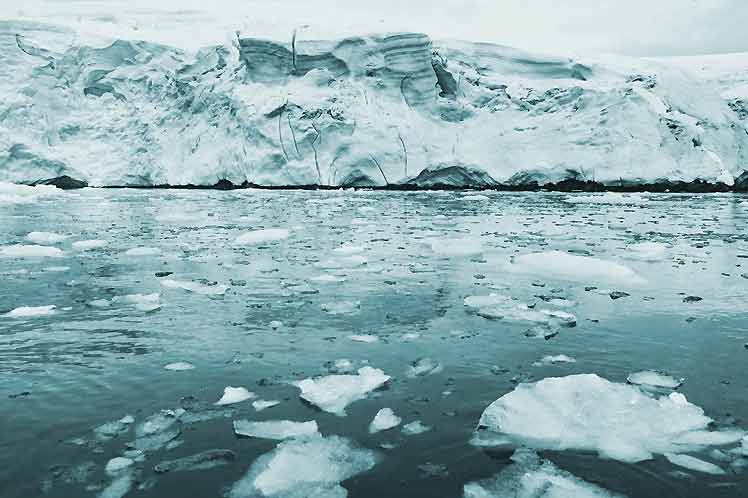‘It’s unlike any other. I don’t know how to explain what’s so fascinating about it, but the glaciers are bluer, the air is colder, the mountains are more intimidating, and the landscapes are more captivating than anywhere else you can go,’ described Seth Sykora-Bodie, a National Geographic explorer, in substantiating the existence of another ocean: the Southern Ocean.
Included for the first time since mapping began in 1915, this body of water, according to experts, is held in place by the Antarctic Circumpolar Current, unlike the others, which define their extent from the root of the continents that border them.
‘The Southern Ocean has been recognized by scientists for a long time, but because there was no international agreement, we never officially recorded it,’ added Alex Tait, a geographer with the National Geographic Society, an entity that investigated its evolution for nearly three decades.
This sea current, which formed 34 million years ago, flows almost freely from west to east around Antarctica, because at lower latitudes the landmass is smaller than in the Arctic.
It carries more water than any other ocean current and draws liquid from the Atlantic, Pacific and Indian Oceans, helping to drive a global circulation system known as a conveyor belt, which moves heat around the planet.
It is also a key factor elsewhere, as humpback whales, for example, feed on krill off Antarctica and migrate north to spend the winter in very different ecosystems off South and Central America.
It also has a crucial impact on the Earth’s climate, as the cold, dense water that sinks to the bottom of the sea helps store carbon in the depths.
Just a few days ago, it was officially included in the list of oceans, on the occasion of international day of these marine ecosystems.
‘This change was to take the last step and affirm that we want to recognize it,’ the entity in charge of the decision wrote in a statement.
Bordered by the fast-moving Antarctic Circumpolar Current, it is the only one that touches three others and completely embraces a continent instead of being embraced by them.
(Taken from Orbe)
mh










